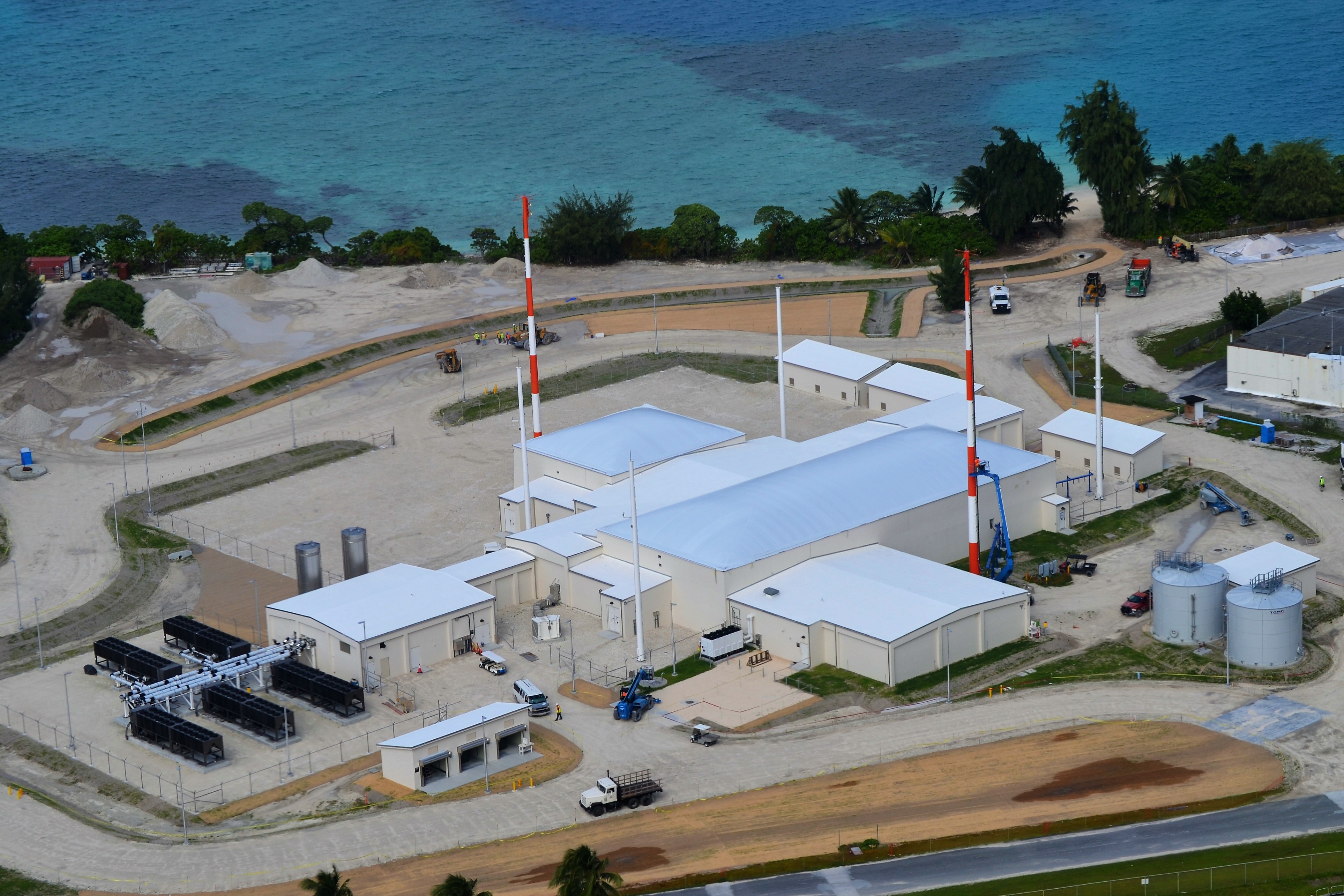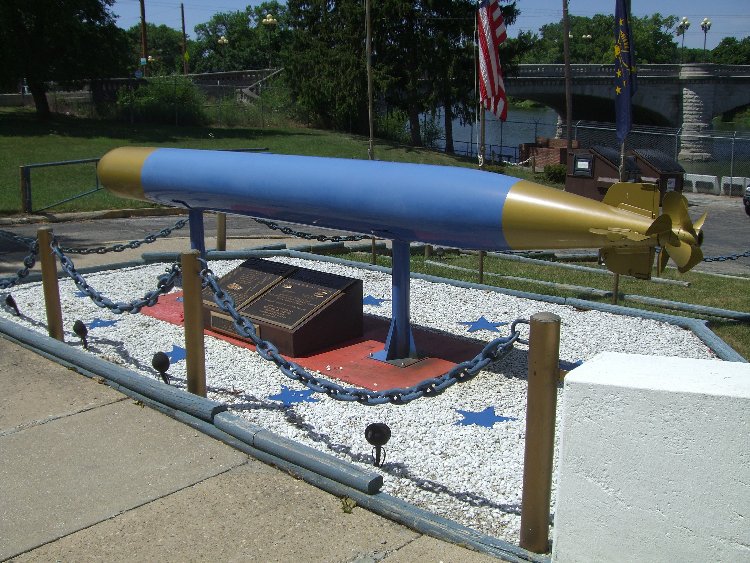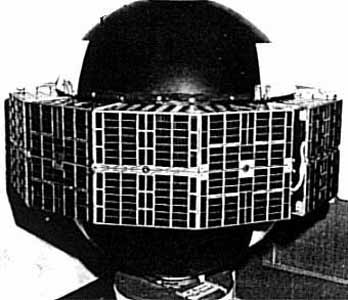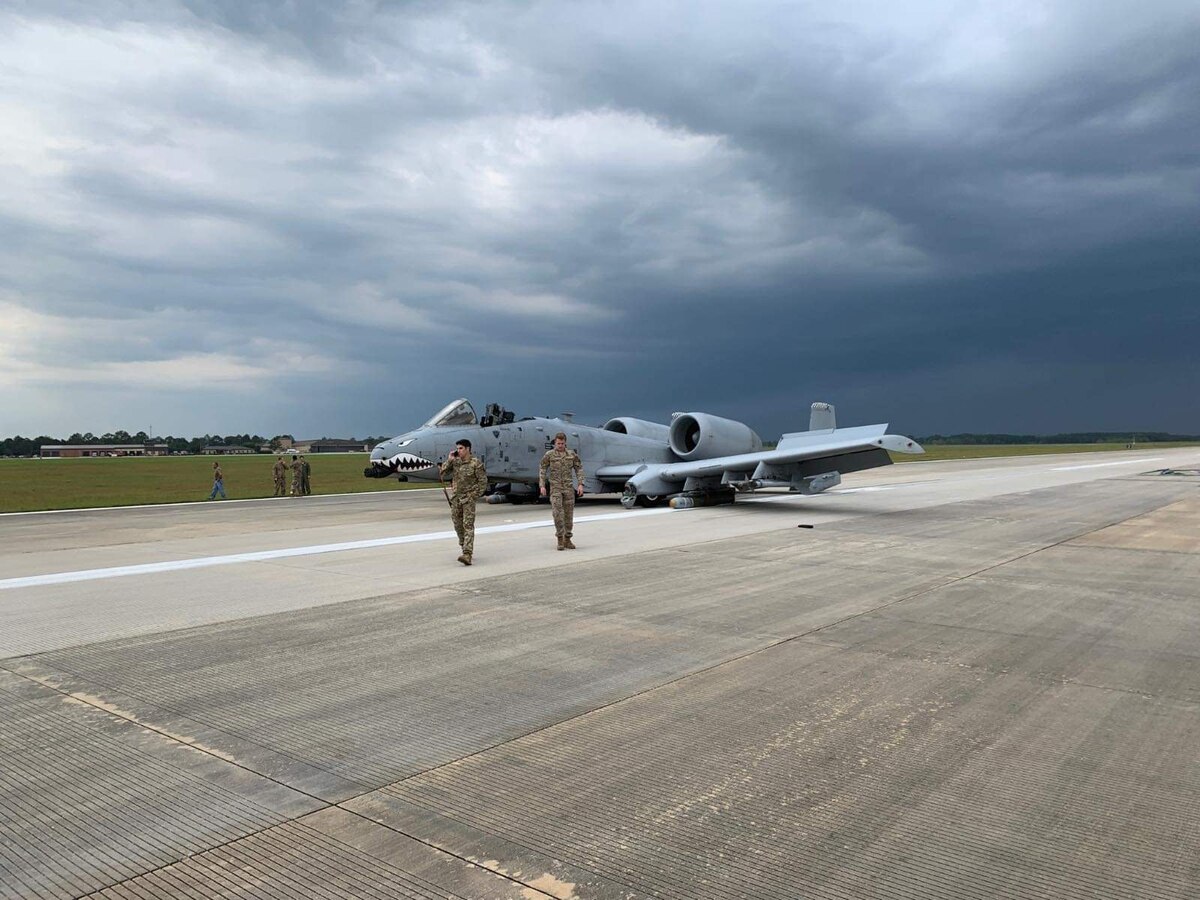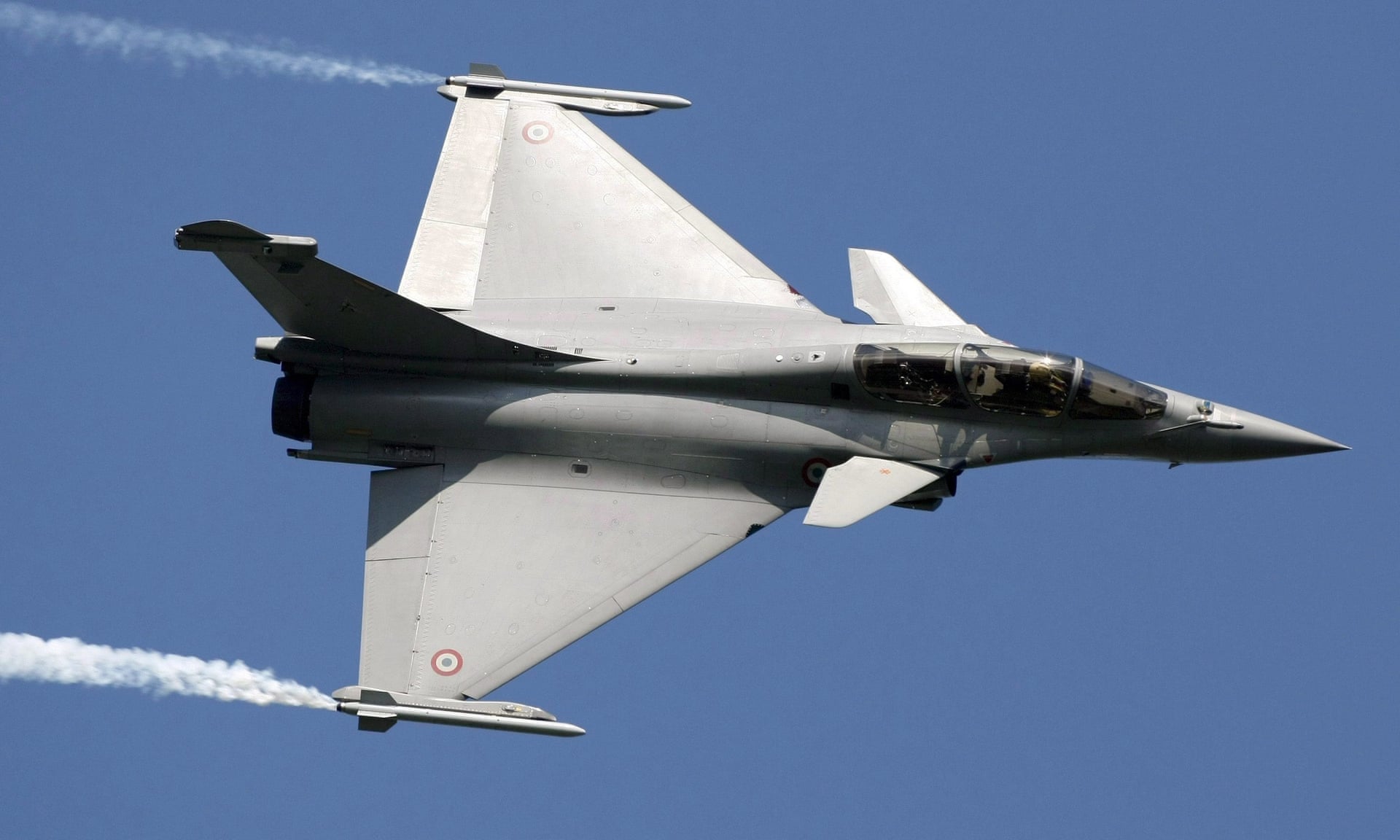Winston
Lorenzo von Matterhorn
- Joined
- Jan 31, 2009
- Messages
- 9,560
- Reaction score
- 1,749
The Recovery of LES-5
https://skyriddles.wordpress.com/2020/03/27/the-recovery-of-les-5/
On the afternoon of March 24, 2020 EDT, I noted a modulated carrier on 236.7487MHz. I wasn’t looking here by accident, I was looking for LES-5 and after almost 53 years in space and 49 years since it was suppose to have been switched off LES-5 [2866, 1967-066E] had been discovered alive.
What follows is a discussion of the methods used to identify the satellite as LES-5 and determination that the telemetry transmissions may have scientific value as if the spacecraft is sending meaningful telemetry, researchers may be able to obtain valuable information on how hardware launched into a high Earth orbit 53 years ago has faired.
LES-5 was launched along with IDCSC 16-19 and DODGE 1 into a nearly circular orbit with a nominal altitude of 33,000km on July 1, 1967.
Here is an old US government documentary on LES-5 called The Tactical Satellite Communication Program, Part 1, Program 591. In this documentary the film makers outline the value of a UHF communications satellite in geostationary orbit and how LES-5 was build, launched and tested to understand the requirements of each sector of the armed forces. It should provide the reader with a wealth of historical information for context.
Is LES-5 Saying Anything Meaningful?
I recorded a fair amount of IQ and .WAV audio data files of the LES-5 signal before it set over my eastern horizon. I sent those files to Dr. Daniel Estévez, EA4GPZ, who specializes in the decoding of satellite signals.
Daniel was able to decode the emissions into bit streams and make a number of findings about the signal. The spacecraft is emitting 100bps BPSK.
Dr. Daniel Estévez decoded the 100bps BPSK telemetry into readable bit streams and concludes that with documentation the contents of the telemetry could be understood to determine spacecraft health.
Daniels results are interesting as he concluded the following in his blog post – Decoding LES-5:
“So far, my impression is that the data is valid, so at least a good part of the onboard computer is working. It would be very interesting to decode it, as probably it can show us something about the spacecraft’s health. However, this might not be so easy, as the documentation from this very old satellite might be long gone.”
Waterfall display of LES-5 signal:
https://twitter.com/i/status/1242652814465105920
LES-5:
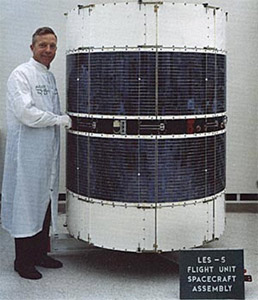
LES 5 Tactical Satellite Communication Program 1967 US Air Force, MIT Lincoln Lab
The same guy discovered another lost satellite:
Meet the Amateur Astronomer Who Found a Lost NASA Satellite
Lincoln Experimental Satellite
https://en.wikipedia.org/wiki/Lincoln_Experimental_Satellite
The Lincoln Experimental Satellite series was designed and built by Lincoln Laboratory at MIT between 1965 and 1976, under USAF sponsorship, for testing devices and techniques for satellite communication.
After the successful development and deployment of Project West Ford, a passive communications system consisting of orbiting copper needles, Lincoln Laboratory turned to improving active-satellite space communications. In particular, Lincoln aimed to increase the transmission capability of communications satellites ("downlink"), which was necessarily constrained by their limited size. After receiving a charter in 1963 to build and demonstrate military space communications, Lincoln focused on a number of engineering solutions to the downlink problem including improved antennas, better stabilization of satellites in orbit (which would benefit both downlink and "uplink" -- communications from the ground), high-efficiency systems of transmission modulation/de-modulation, and cutting-edge error-checking techniques.
These experimental solutions were deployed in a series of nine spacecraft called Lincoln Experimental Satellites (LES). Concurrent with their development, Lincoln also developed the Lincoln Experimental Terminals (LET), interference-resistant signaling techniques that allowed use of comsats by up to hundreds of users at a time, mobile or stationary, without involving elaborate systems for synchronization and centralized control.[1]:81-83
Amateur radio satellites have also come back to life:
AMSAT-OSCAR 7
https://en.wikipedia.org/wiki/AMSAT-OSCAR_7
AMSAT-OSCAR 7, or AO-7, is the second Phase 2 amateur radio satellite constructed by the Radio Amateur Satellite Corporation or AMSAT. It was launched into Low Earth Orbit on November 15, 1974 and remained operational until a battery failure in 1981. Then after 21 years of apparent silence, the satellite was heard again on June 21, 2002 – 27 years after launch. At that time the public learned that the satellite had remained intermittently functional and was used surreptitiously for communication by the anticommunist opposition Fighting Solidarity during the martial law in Poland.[1]
AO-7 is the oldest amateur satellite still in use, and is one of the oldest operational communications satellites.[citation needed] It carries two amateur radio transponders. Its "Mode A" transponder has an uplink on the 2-meter band and a downlink on the 10-meter band. The "Mode B" transponder has an uplink on the 70-centimeter band and a downlink on the 2-meter band. The satellite also carries four beacons which are designed to operate on the 10-meter, 2-meter, 70-centimeter and 13-centimeter bands. The 13-cm beacon was never activated due to a change in international treaties.[2]
AMSAT reported AO-7 still operational on June 25, 2015, with reliable power only from its solar panels; the report stated the cause of the 21-year outage was a short circuit in the battery and the restoration of service was due to its becoming an open circuit. The satellite eclipses on every orbit during the northern summer and autumn; the rest of the year it is in continuous sunlight and alternates between transmission modes A and B. All transponders and beacons are operational.[3]
https://skyriddles.wordpress.com/2020/03/27/the-recovery-of-les-5/
On the afternoon of March 24, 2020 EDT, I noted a modulated carrier on 236.7487MHz. I wasn’t looking here by accident, I was looking for LES-5 and after almost 53 years in space and 49 years since it was suppose to have been switched off LES-5 [2866, 1967-066E] had been discovered alive.
What follows is a discussion of the methods used to identify the satellite as LES-5 and determination that the telemetry transmissions may have scientific value as if the spacecraft is sending meaningful telemetry, researchers may be able to obtain valuable information on how hardware launched into a high Earth orbit 53 years ago has faired.
LES-5 was launched along with IDCSC 16-19 and DODGE 1 into a nearly circular orbit with a nominal altitude of 33,000km on July 1, 1967.
Here is an old US government documentary on LES-5 called The Tactical Satellite Communication Program, Part 1, Program 591. In this documentary the film makers outline the value of a UHF communications satellite in geostationary orbit and how LES-5 was build, launched and tested to understand the requirements of each sector of the armed forces. It should provide the reader with a wealth of historical information for context.
Is LES-5 Saying Anything Meaningful?
I recorded a fair amount of IQ and .WAV audio data files of the LES-5 signal before it set over my eastern horizon. I sent those files to Dr. Daniel Estévez, EA4GPZ, who specializes in the decoding of satellite signals.
Daniel was able to decode the emissions into bit streams and make a number of findings about the signal. The spacecraft is emitting 100bps BPSK.
Dr. Daniel Estévez decoded the 100bps BPSK telemetry into readable bit streams and concludes that with documentation the contents of the telemetry could be understood to determine spacecraft health.
Daniels results are interesting as he concluded the following in his blog post – Decoding LES-5:
“So far, my impression is that the data is valid, so at least a good part of the onboard computer is working. It would be very interesting to decode it, as probably it can show us something about the spacecraft’s health. However, this might not be so easy, as the documentation from this very old satellite might be long gone.”
Waterfall display of LES-5 signal:
https://twitter.com/i/status/1242652814465105920
LES-5:

LES 5 Tactical Satellite Communication Program 1967 US Air Force, MIT Lincoln Lab
The same guy discovered another lost satellite:
Meet the Amateur Astronomer Who Found a Lost NASA Satellite
Lincoln Experimental Satellite
https://en.wikipedia.org/wiki/Lincoln_Experimental_Satellite
The Lincoln Experimental Satellite series was designed and built by Lincoln Laboratory at MIT between 1965 and 1976, under USAF sponsorship, for testing devices and techniques for satellite communication.
After the successful development and deployment of Project West Ford, a passive communications system consisting of orbiting copper needles, Lincoln Laboratory turned to improving active-satellite space communications. In particular, Lincoln aimed to increase the transmission capability of communications satellites ("downlink"), which was necessarily constrained by their limited size. After receiving a charter in 1963 to build and demonstrate military space communications, Lincoln focused on a number of engineering solutions to the downlink problem including improved antennas, better stabilization of satellites in orbit (which would benefit both downlink and "uplink" -- communications from the ground), high-efficiency systems of transmission modulation/de-modulation, and cutting-edge error-checking techniques.
These experimental solutions were deployed in a series of nine spacecraft called Lincoln Experimental Satellites (LES). Concurrent with their development, Lincoln also developed the Lincoln Experimental Terminals (LET), interference-resistant signaling techniques that allowed use of comsats by up to hundreds of users at a time, mobile or stationary, without involving elaborate systems for synchronization and centralized control.[1]:81-83
Amateur radio satellites have also come back to life:
AMSAT-OSCAR 7
https://en.wikipedia.org/wiki/AMSAT-OSCAR_7
AMSAT-OSCAR 7, or AO-7, is the second Phase 2 amateur radio satellite constructed by the Radio Amateur Satellite Corporation or AMSAT. It was launched into Low Earth Orbit on November 15, 1974 and remained operational until a battery failure in 1981. Then after 21 years of apparent silence, the satellite was heard again on June 21, 2002 – 27 years after launch. At that time the public learned that the satellite had remained intermittently functional and was used surreptitiously for communication by the anticommunist opposition Fighting Solidarity during the martial law in Poland.[1]
AO-7 is the oldest amateur satellite still in use, and is one of the oldest operational communications satellites.[citation needed] It carries two amateur radio transponders. Its "Mode A" transponder has an uplink on the 2-meter band and a downlink on the 10-meter band. The "Mode B" transponder has an uplink on the 70-centimeter band and a downlink on the 2-meter band. The satellite also carries four beacons which are designed to operate on the 10-meter, 2-meter, 70-centimeter and 13-centimeter bands. The 13-cm beacon was never activated due to a change in international treaties.[2]
AMSAT reported AO-7 still operational on June 25, 2015, with reliable power only from its solar panels; the report stated the cause of the 21-year outage was a short circuit in the battery and the restoration of service was due to its becoming an open circuit. The satellite eclipses on every orbit during the northern summer and autumn; the rest of the year it is in continuous sunlight and alternates between transmission modes A and B. All transponders and beacons are operational.[3]




